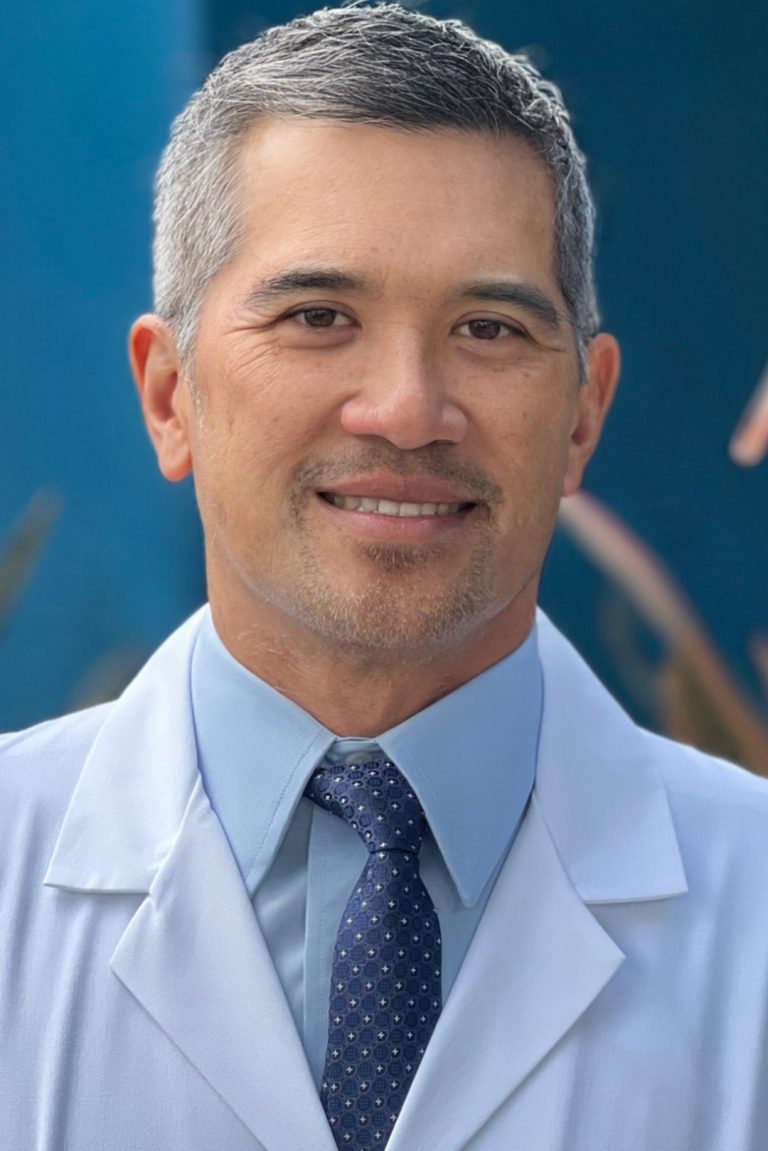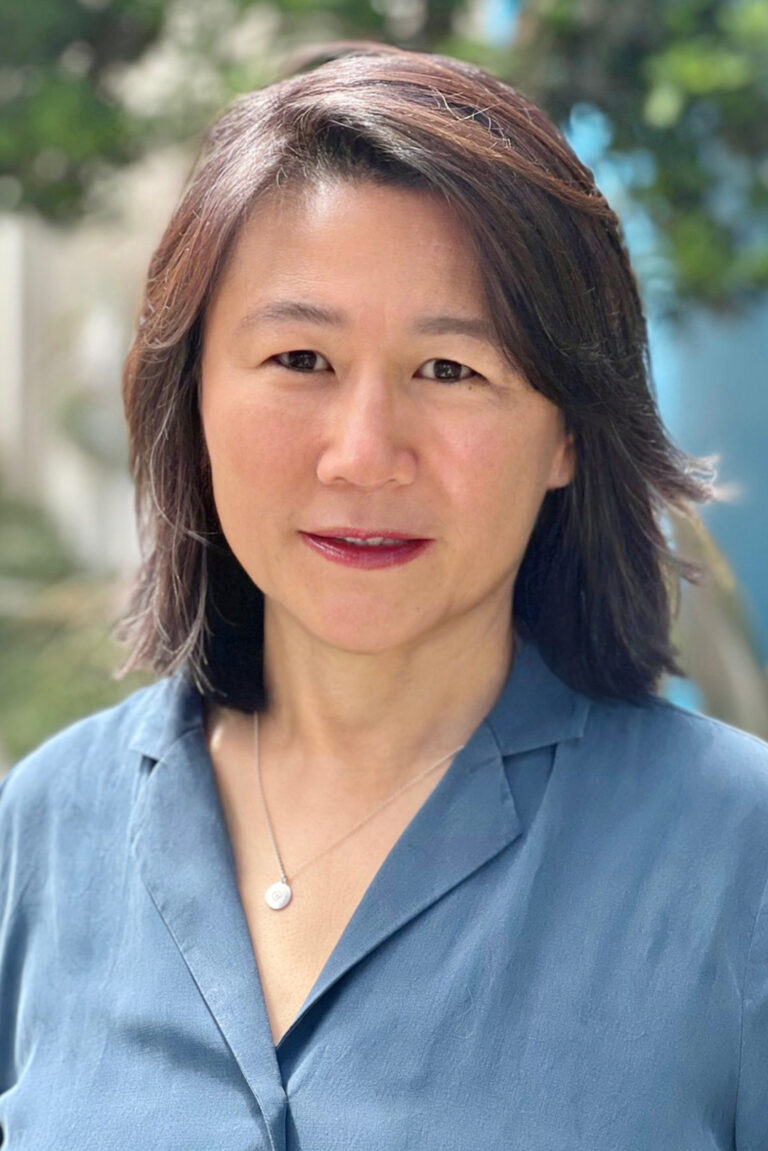The purpose of breast cancer screening is to detect cancer prior to any physical symptoms. Earlier detection of cancer means a better chance for successful treatment.
The decision on when to begin breast cancer screening is based on your personal breast cancer risk profile. For women of average risk, there are several professional recommendations that may be followed:
The Mayo Clinic supports screening with mammograms every 1-2 years from age 40-50, with annual mammograms for women age >50.
The American Cancer Society recommends women age 40-44 should have the choice to start annual breast cancer screening with mammograms if they wish to do so. They recommend annual mammograms for women age 45-54, and mammograms every 2 years for women age 55 and older.
The United States Preventative Task Force recommends screening mammograms every 2 years from age 50-74.
Imaging types for screening for breast cancer
Standard 2-D Mammogram: This is the most common type of imaging to screen for breast cancer. In a mammogram, the breast tissue is compressed and x-ray pictures are taken from top to bottom and from side to side. Although x-rays deliver a small dose of radiation, there is no evidence that routine screening mammograms cause an increased risk unless the woman has BRCA1 or BRCA2 gene mutations.
3-D Mammogram (tomosynthesis): The breast tissue is compressed and x-rays pass through the breast, but instead of just 2 views, multiple thin layers of pictures of the breast are taken so that overlapping breast tissue does not hide nor imitate a cancer. It is useful for women with dense breast tissue. It delivers an increased dose of radiation to the patient, and finds an additional 1-2 cancers per 1000 women screened.
Molecular Breast Imaging: This is an add-on procedure to a standard mammogram for women with dense breast tissue. It shows differences in tissue activity and requires an injection of a radiotracer prior to the test. Cancer cells are more active than normal cells and will light up on this test.
Ultrasound – Not considered adequate on its own to screen for breast cancer because it will miss too many. Adding ultrasound to a standard mammogram can detect early stage breast cancer that is missed on mammogram, especially for women with dense breasts. Ultrasound also leads to more false positive which can lead to unnecessary biopsies and further imaging.
MRI: Magnetic Resonance Imaging for the detection of breast cancer requires administration of the contrast agent gadolinium which will concentrate in breast tumors because they have a lot of leaky blood vessels. Gadolinium contrast can cause rare allergic reactions and can cause kidney damage in patients with kidney disease.
Contrast (gadolinium) is not necessary when using MRI to evaluate silicone implant integrity.
Breast Thermography: A procedure that uses a camera to detect heat. Tumors have more blood vessels, creating more heat. The FDA states there is no valid scientific data to demonstrate that thermography is an effective screening tool for the early detection of breast cancer.
Discuss your breast cancer risk profile with your physician to help you decide which type of imaging and screening frequency is right for you.
Dr. Bren Boston sees patients at the Akasha Center for Integrative Medicine for preventive medicine and healthy aging. You can schedule an appointment with her by calling 310-451-8880 or emailing us at info@akashacenter.com



















